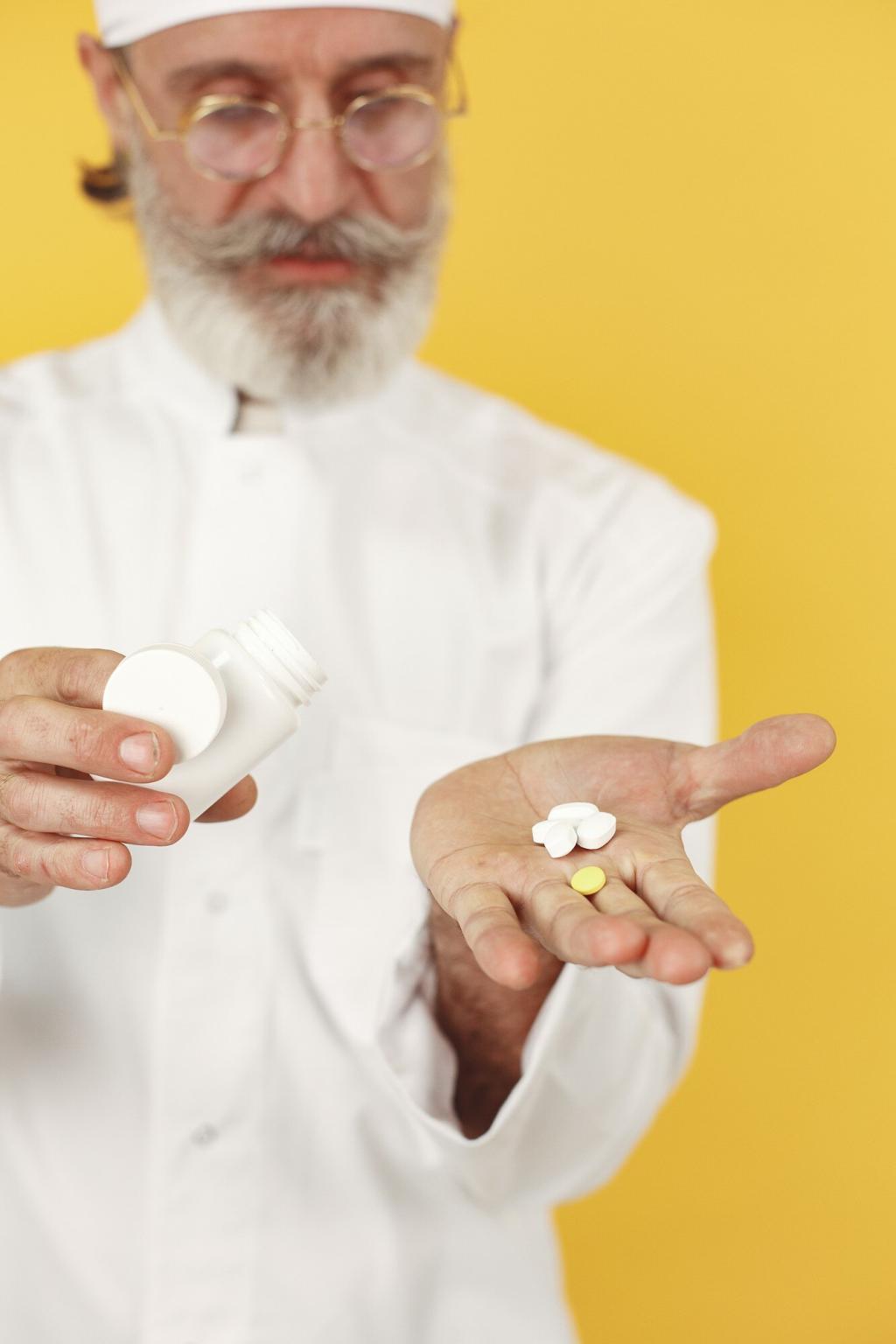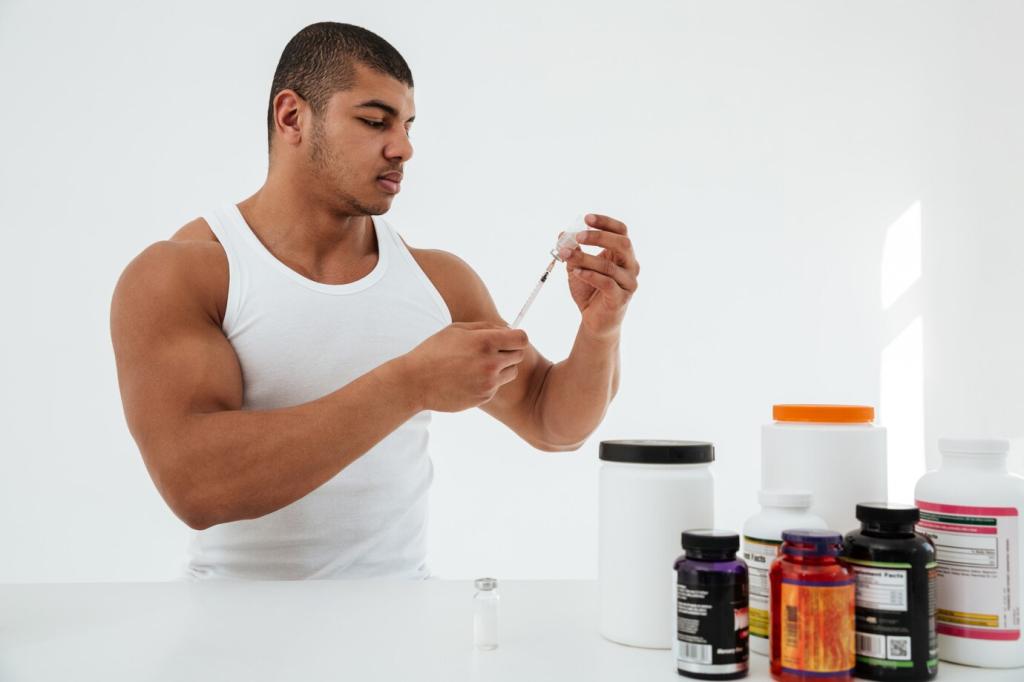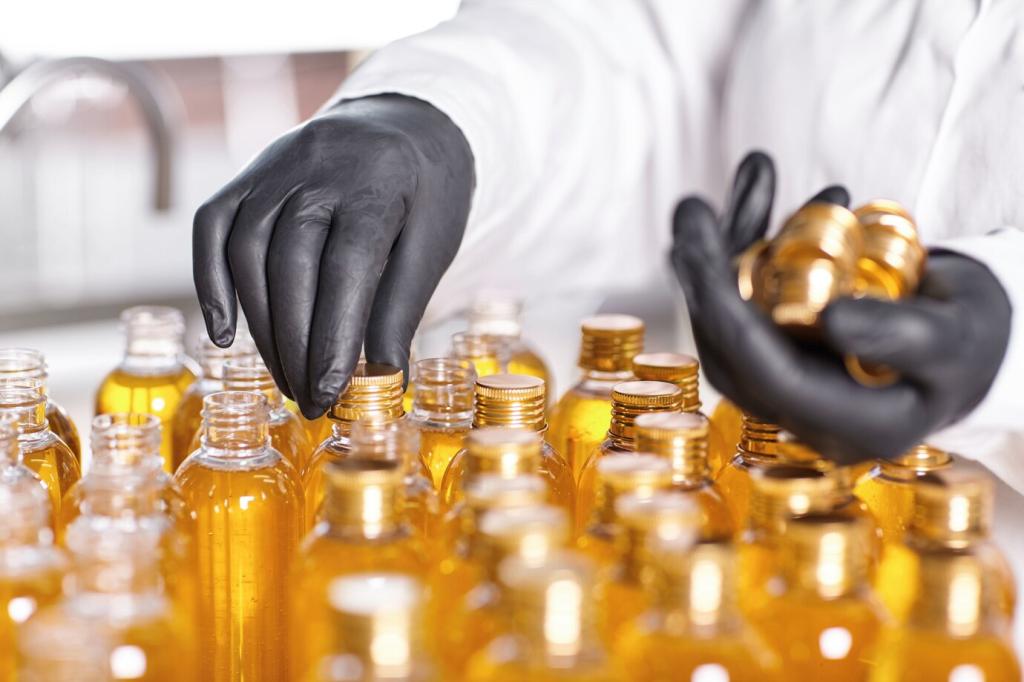Exploring Natural vs Synthetic Supplements: Finding Your Best Fit
Chosen theme: Exploring Natural vs Synthetic Supplements. Welcome to a friendly, evidence-aware guide that balances science with real-life stories, so you can choose confidently, stay curious, and join our community by sharing your experiences and subscribing for future deep dives.

What “Natural” and “Synthetic” Really Mean
The Many Shades of “Natural”
Natural can mean plant-extracted, fermentation-derived, or minimally processed ingredients. But natural doesn’t automatically equal safer or stronger. Look for standardized extracts, contamination tests, and clear sourcing to understand what you are actually taking and why it matters.
How Synthetic Nutrients Are Made
Synthetic nutrients are produced through chemical synthesis or precision fermentation, aiming to match a molecule found in nature. Quality hinges on purity, residual solvents, and isomer profile. Done well, they deliver consistent dosing, reliable supply, and fewer seasonal sourcing issues.
Molecular Identity and Bioavailability
If a synthetic molecule is identical to its natural counterpart, the body often treats them similarly. Differences emerge with isomers, co-factors, or delivery forms. Always check the exact form listed on the label—small molecular distinctions can change absorption and effectiveness.
Vitamin E: RRR-α vs all-rac-α
Natural vitamin E (RRR-α-tocopherol) generally shows higher bioactivity than synthetic all-rac-α-tocopherol due to its isomer profile. Some studies suggest the natural form is retained better in tissues. Still, overall benefits depend on dose, diet, and antioxidant balance, not a single label.
Folate: Folic Acid vs L-Methylfolate
Folic acid is synthetic and widely used; L-methylfolate is the bioactive form your body uses directly. People with certain MTHFR variants may respond differently. The right choice depends on individual genetics, diet, and medical guidance—more than on whether the source is natural.
Safety, Purity, and Regulation
Botanical extracts can carry heavy metals, pesticides, or adulterants if sourcing is sloppy. Synthetic batches can contain unwanted isomers or residues. Third-party testing, certificates of analysis, and reputable brands help ensure your supplement is what it claims to be—no surprises.


Reading Labels Like a Pro
Form, Isomer, and Standardization
Identify the nutrient form (e.g., RRR-α-tocopherol, magnesium glycinate), isomers, and standardized actives in botanicals. These specifics shape absorption and effect more than a vague word like natural. Screenshot labels you’re unsure about and ask our community for feedback.
Excipients, Additives, and Allergens
Check for unnecessary fillers, artificial colors, major allergens, or animal-derived capsules if that matters to you. Natural and synthetic products can both be clean—or cluttered. Share your favorite clean-label finds, and we’ll highlight reader picks in our next roundup.
Third-Party Testing and Traceability
Look for NSF, USP, Informed Choice, or equivalent testing where applicable. Traceable lot numbers and batch-specific COAs show seriousness. If a brand won’t share data, consider it a red flag. Subscribe for our monthly list of companies raising the transparency bar.



Real-Life Stories: Choices That Evolved
After years on folic acid, Emma switched to L-methylfolate following genetic testing and noticed steadier energy with her clinician’s guidance. She also improved dietary folate, proving that thoughtful personalization beats one-size-fits-all debates about natural versus synthetic labels.
Real-Life Stories: Choices That Evolved
Miguel compared synthetic caffeine tablets to green tea. Same caffeine molecule, different experience: tea’s L-theanine and polyphenols felt smoother. He now alternates based on training intensity, illustrating how the delivery matrix can matter more than the natural-versus-synthetic headline.
Your Practical Starter Plan
Clarify Goals and Baseline
Write down what you want to support—energy, sleep, training, pregnancy planning—and consider labs where appropriate. Natural or synthetic, the right form fits your purpose. Comment with your top goal, and we’ll suggest starting points in the next newsletter.
Smart Comparison Checklist
Compare form, dose, bioavailability, testing, sustainability, and price per effective dose. Ignore hype words. Shortlist two options—one natural-leaning, one synthetic-leaning—and trial thoughtfully. Share your shortlists with the community for constructive feedback and encouragement.
Track, Review, Adjust
Log how you feel, any side effects, and relevant biomarkers over four to eight weeks. If benefits stall, revisit the form or dose. Subscribe for our tracker template and tell us which adjustments made the biggest difference for you.
